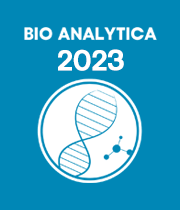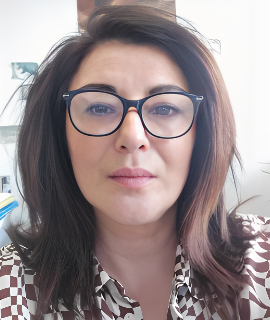Title: Electrochemical properties and sensing capacities of different carbon-based nanodots toward the detection of bioactives in complex matrices
Abstract:
Carbon-based nanodots are a new family of spherical dots (size below 30 nm) which are overall categorized into graphene quantum dots (GQDs), carbon quantum dots (CQDs) and carbon nanodots (CNDs). They possess unique physicochemical properties such as stable fluorescence, large specific surface area and surface grafting, but they can differ int their crystallinity, graphitized-core degree (sp2 /sp3 hybridization), morphology and quantum confinement. Thus, these differences in their cores entail different electrochemical activities and photoluminescence behaviors, which are still in debate. Whereas many efforts were focused over their photoluminescence mechanisms enabling us to distinguish amongst the nanodot types and surface passivation, there is still a need about to perform systematic and comparative works addressing the electrochemical properties exhibited by these different carbon-based nanodots, explaining the subsequent role they play in electron transfer kinetics too.
Thus, this speech pretends to give a deep comparative insight about the electrochemical behavior of GQDs, CQDs and CNDs containing similar functionalized surface (oxygenated groups), but different crystallinity, core hybridization, morphology, and quantum confinement. With this aim the three families were firstly synthesized following the top-down methodology and later thoroughly characterized both structural and electrochemically by means of well-known redox probes, surface sensitive in different degree to its chemistry and microstructure. Thus, this study has been directed toward the understanding of those factors controlling carbon dots electrochemistry overall and their heterogeneous transfer rate specifically, in an attempt to gain perspective for a rational design of different carbon-based electrodes with implemented analytical performance as a function of specific analytes.
The electroanalytical capabilities of these carbon nanodots-electrodes as sensing electrochemical modifiers are also evaluated versus a set of significant bioactive target analytes, namely vitamins (Vit B2, Vit B6 and Vit C) and amino acids (L-tyrosine). Finally, attending to its valuable electrochemical features, modified GQD-SPCEs were selected to carry out the simultaneous detection of these bioactives in commercial nutritional supplements by differential pulse voltammetry (DPV). So, the present research tries to open new possibilities for the design and tailoring of sensing systems attending the specific chemistry of the sought analyte.
Then, attending these previous studies, a composite nanomaterial assembled from graphene quantum dots functionalized gamma cyclodextrins and chitosan has been designed and synthesize to evaluate the global content of fluoroquinolones in diverse daily food products. This nanocomposite exhibits an extraordinary electrochemical behaviour towards fluoroquinolones oxidation due to the improved conductivity of GQDs incorporated on chitosan film and to gamma cyclodextrins activity, which became a powerful and selective recognition element size-based for fluoroquinolones electrochemical sensing.


